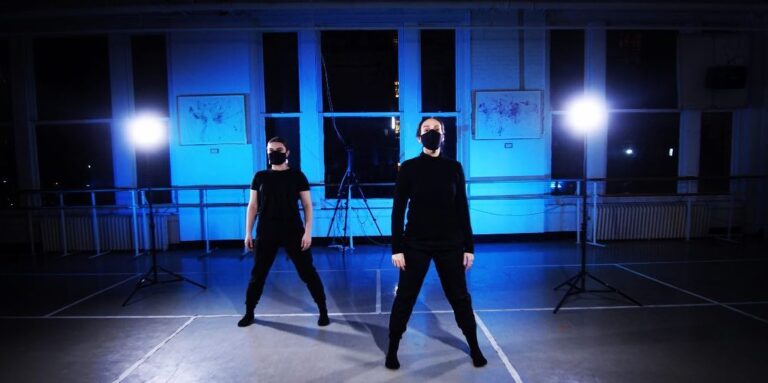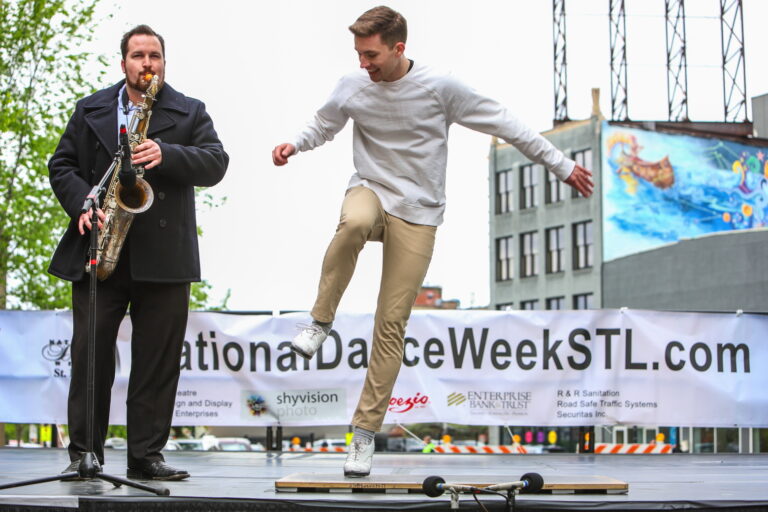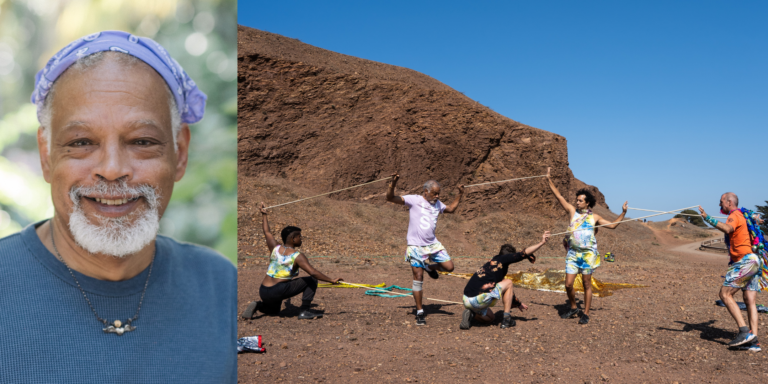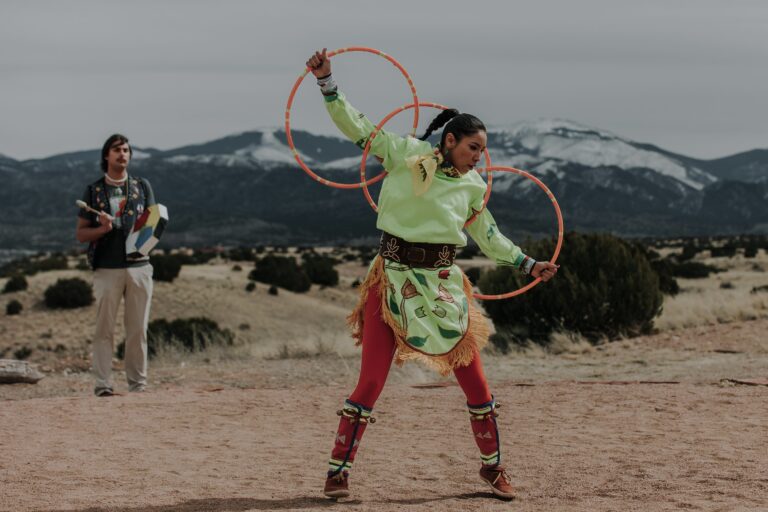“I think I pulled a muscle.” We’ve all said it, but what does it mean? There are many aches and pains that accompany a dancer’s daily practice, but there are important differences between muscle soreness and a strained or “pulled” muscle. While both require a balance of rest and carefully planned exertion, a strained muscle has distinct symptoms that will tell you quickly that it is more than just back-from-vacation soreness.
“Muscles like to be warm,” says Megan Richardson, a certified athletic trainer at the Harkness Center for Dance Injuries at the NYU Langone Medical Center. “They don’t like to stretch and do explosive movements while cold.” When you saunter into the studio before class and flop down into the splits, or practice your variation on cold muscles, you’re setting yourself up for a strain.
Think of your muscle as hair pulled back into a ponytail. Just as your ponytail is made up of many hairs, your muscle is composed of many fibers. Strained muscles are referred to as “pulled” because that’s what’s happening. The muscle fibers get stretched to their maximum capacity, which can lead to tearing. According to Richardson, strained muscles fall into three categories. “A level-one strain would have a few fibers that have been torn or overstretched out of their normal resting spot,” says Richardson. A level-three strain means all or the majority of the fibers have been severed and level two is somewhere in the middle. A medical professional will determine the level of the strain depending on the severity of the symptoms.
Symptoms
Pain when stretching “If stretching is painful, you need to minimize the range of motion,” says Richardson. “If it’s still painful, you might have a muscle strain.”
Lack of strength What distinguishes a muscle strain from regular soreness is that a strain will always be accompanied by a lack of strength in the affected muscle.
Redness, swelling and bruising Any combination of these symptoms can indicate a strained muscle, but Richardson warns that not having these symptoms does not mean that all is well. The onset of symptoms may be delayed depending on how deep the muscle is. Every muscle strain will present itself differently.
Treatment
It is important to see a medical professional to have a muscle strain diagnosed and create a treatment plan, but the good news is that unlike ligaments and joint capsules, muscles can repair themselves. However, without the proper guidance, it’s easy to push the muscle too much or too little.
For the muscle tissue to repair itself properly, it must be used (think walking, not petit allégro). If not, the body will create scar tissue instead of rebuilding the fibers. “Scar tissue is weaker and less pliable than regular muscle tissue,” says Richardson, “so we become weaker and less flexible.” However, if you push too hard, you can end up with a much more debilitating injury. Working closely with a doctor, physical therapist or athletic trainer is the only way to determine the best course for your unique injury.
Prevention
The best way to prevent a muscle strain is to warm up before dancing and avoid static stretches when your muscles are cold. A static stretch is any stretch that pushes your body to its flexibility limit and holds it there. Richardson says that dancers’ propensity to do static stretching before class is a big reason for so many muscle strains in the hamstrings and hip flexors. Lying down in the splits or frog position before your first plié are classic culprits. “Research has shown that static stretches decrease the muscle’s ability to contract and produce force,” says Richardson. All static stretching should be saved for the end of class, after the muscles are already warm.
Richardson recommends dancers do dynamic stretching “where the muscle is moving through its range of motion, but not stopping at its end point for too long,” to warm up before class. “So we’re moving the muscle back and forth like an accordion,” she says.
Two Dynamic Stretches for Warming Up
Hamstring “Bottoms Up”
1. Start in parallel position with your feet a little wider than hips-width apart.
2. Bend your knees and put your forearms on your thighs in a flat back position with pelvis in neutral or tilted slightly back.
3. With your back flat from hip bones to head, lean forward pressing your weight into your thighs with your forearms.
4. Keeping the back long, straighten your knees and let your head dive down toward the floor, pushing your weight into your thighs and reaching your sitz bones up to the ceiling.
5. Only straighten your knees to the point that you can keep your back flat.
6. Squat down as deeply as you can, keeping your weight on your thighs.
7. Go back and forth 10 times slowly.
Hip Flexor
1. Stand with your left leg front and right leg back in a wide lunge with the back heel lifted. Make your stance as wide as possible while keeping your hips square.
2. Keeping your back upright and your body centered between your legs, slowly lower your body as you bend both knees. As you lower, raise your right arm up over your head. Think of tucking your pelvis under and keeping your left knee over your left ankle. You should feel a lengthening up the back thigh and the hips into the belly.
3. Bring your arm back down to your side as you slowly straighten your knees to return to your starting position.
4. Repeat 5 to 10 times before switching to the other side.
For an extra challenge: Lean slightly toward the front leg side while scooping and hollowing out the belly like a Martha Graham contraction. Rest your hand on a barre or chair for extra support.
Tip: Don’t hold any position. You should move slowly to the end of your range of motion and then right back out of it. No bouncing.
Ice or heat? If your muscle pain is accompanied by reduced strength, put away the heating pad. Richardson says to ice within 24 to 48 hours of an injury as a rule of thumb. “If it’s a strain, there will be bleeding inside the muscle,” she says. “Heat will increase that bleeding.”




